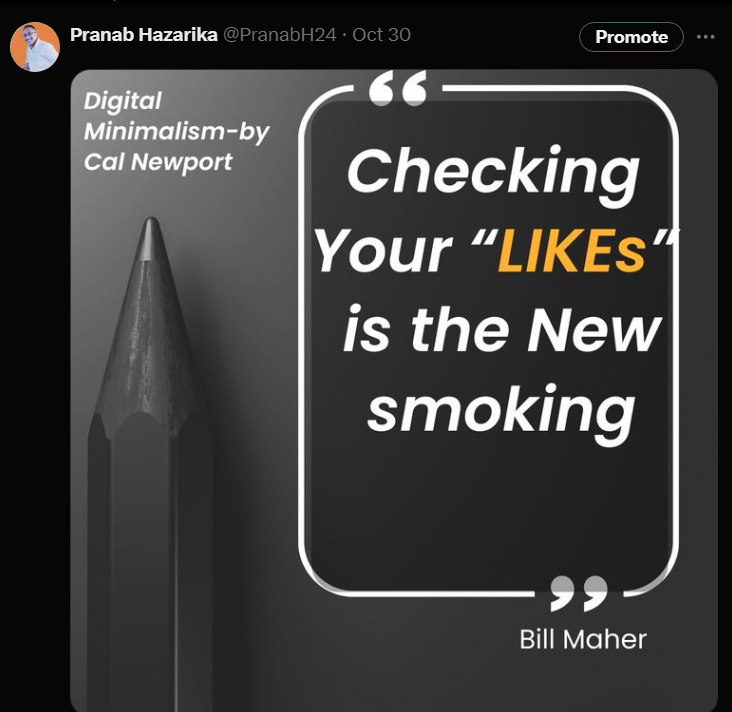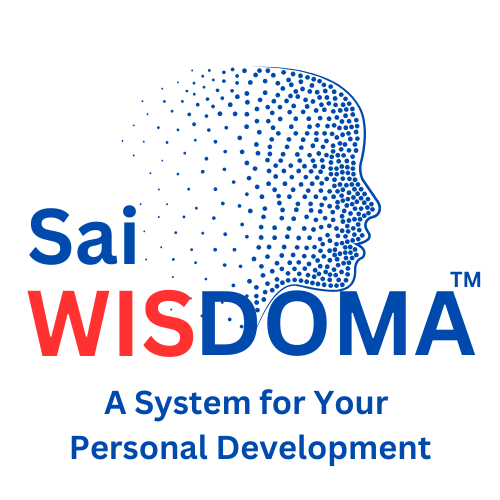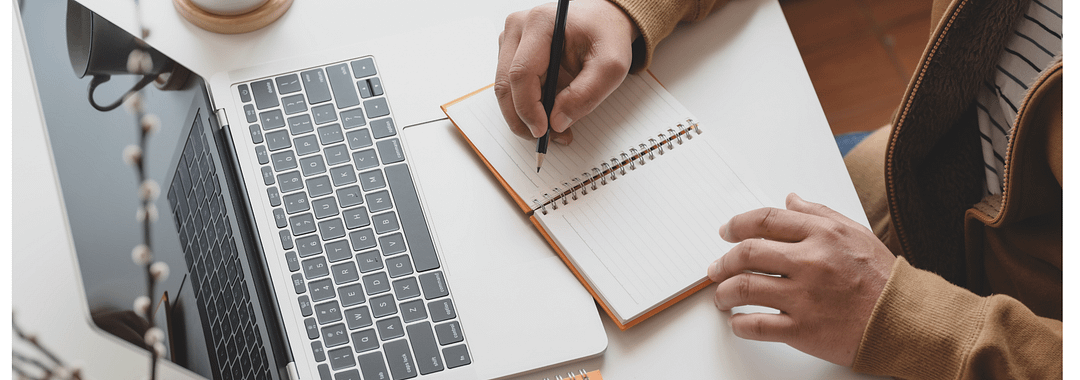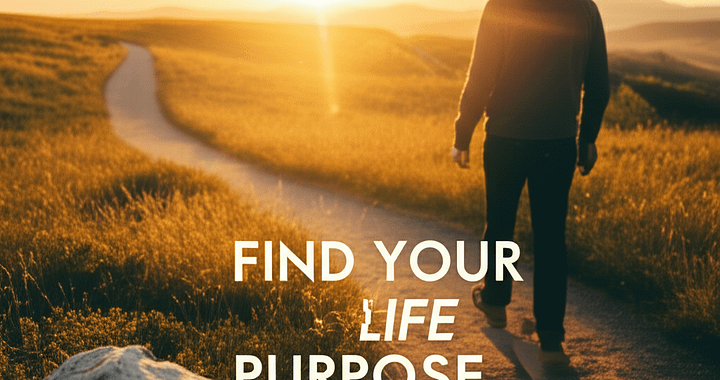When the word is “Digital Minimalism”, if you think I will tell you to stop watching Netflix or Your Instagram posts, Then You are Wrong.
Go into detail to learn what Digital Minimalism is all about and how it can give you a sense of control of your life and greater productivity.
Digital minimalism is all about being intentional and mindful of our technology. It empowers us to feel better, be more productive, and stay focused.
This approach puts us in control instead of leaving us at the mercy of our devices, encouraging us to choose technology that aligns with our values and goals.
Here, you will find insights for the points…
1. What is Digital Minimalism, or What does Digital Minimalism mean?
2. Digital Minimalism by Cal Newport
3. How to start or practice Digital Minimalism
4. Digital Minimalism for Students
5. How to do settings for Digital Minimalism in Android and iPhone.
6. Digital Minimalism Vs Deep Work
7. Digital Minimalism Challenge
8. Some suggestions on digital minimalism books.
Key Principle:
Let’s use technology for meaningful activities and reduce those habits that don’t serve us.
Cal Newport’s Insight:
Cal Newport encourages us to engage in high-value digital activities supporting our broader life goals.
These could include learning a new skill through online courses, staying connected with loved ones through video calls, or using productivity apps to manage tasks. In other words, let’s keep our devices from dictating how we spend our time and attention!

Why Digital Minimalism Matters
In today’s world, where we’re constantly connected, practising digital minimalism can pay off.
Research shows that too much screen time — especially on social media — can make us feel more anxious and distracted and can even affect our mental health.
Embracing digital minimalism can help us regain focus, boost our mental clarity, and enhance our emotional well-being.
Great Benefits of Digital Minimalism:
– Enhanced Focus:
We can dive deeper into our tasks, relationships, and personal growth by eliminating unnecessary distractions.
– Reduced Stress and Anxiety:
Overusing social media can pile on stress, leading to information overload and unhealthy comparisons. Digital minimalism offers fresh air, helping us break free from that cycle and feel lighter and more at ease.
– Improved Productivity:
When we spend our time on meaningful activities instead of mindless browsing, we can more effectively reach our personal and professional goals.
-Stronger Relationships:
Focusing on real-life connections instead of just digital ones can help us build better relationships with family, friends, and colleagues.
Transform Your Tech Habits: Digital Minimalism Made Easy
Let’s talk about something interesting — Digital Minimalism. If you’re wondering, it’s not about getting rid of your…
medium.com
Why Technology Is So Tempting
(Insights from Irresistible by Adam Alter)
– Designed to Captivate:
Many digital products are designed to be addictive. Social media, games, and even email often use psychological tricks — like notifications — to keep us engaged.
– Psychological Effects:
In Irresistible, Adam Alter explains how technology can trigger our brain’s reward system, making us crave instant gratification in ways similar to gambling.
How to Dive Into Digital Minimalism
Here are some easy-to-follow steps to kick off your journey into digital minimalism:
1. Digital Declutter:
Try a 7-day ‘digital declutter’ to reset your habits! This means taking a break from non-essential technologies, such as social media or excessive gaming, and gently bringing back the tools that enhance your life.
If 7 days seem harsh, start with just 2 hours a day — make it a fun challenge!
2. Be Intentional:
Ask yourself, “Does this tool help me achieve something meaningful?” If not, it might be time to limit its use.
3. Reclaim Your Time:
Set some boundaries with your devices. Consider reducing social media or opting for phone calls instead of texts.
Schedule times to check your email and stick to those times.
4. Embrace Solitude:
Take time to disconnect! Regular breaks from technology can spark creativity, encourage self-reflection, and clear your mind.
Pranab Hazarika on LinkedIn: #digitalminimalism #mythvsfact
DigitalMinimalism #MythVsFact Digital Minimalism isn’t about rejecting technology. It’s about using it intentionally…
www.linkedin.com
Digital Minimalism for Students
Adopting digital minimalism can significantly improve students’ academic performance and overall well-being.
Academic Success:
By reducing digital distractions, students can focus better on their studies. This leads to more efficient learning and better information retention, translating to improved grades.
By decluttering their digital lives, students create a more productive study environment.
Mental Well-being:
Constant connectivity can heighten stress, but digital minimalism encourages a healthier relationship with technology.
It allows students to take breaks and engage in relaxing activities. Setting limits on digital use helps to reduce feelings of comparison and the pressure always to be available, ultimately fostering better mental health.
Digital minimalism allows students to live more purposefully, improving focus, well-being, and academic success.
Practical Steps to Implement Digital Minimalism
– Audit Digital Habits:
Identify apps and platforms that drain your time or contribute to stress. Set limits, delete unnecessary apps, and prioritize tools that enhance productivity and creativity.
– Set Clear Boundaries:
Establish time frames for digital use, such as no phones during meals and no screens 30 minutes before bed, to foster a healthier relationship with technology.
If you are a night rider like me, it might not be easy to do a digital detox at night because I write on my laptop only at night.
But I resist using social media platforms for at least 15 to 30 minutes before bed.
– Prioritize In-Person Interaction:
Whenever possible, replace digital communication with face-to-face conversations.
This nurtures your relationships and reduces reliance on virtual interactions.
In the office, I prefer to meet my colleagues in person to discuss matters directly rather than making a call.
– Practice a “Digital Detox”:
Disconnect from screens regularly to focus on offline activities like reading, hiking, or spending time with loved ones.
Designating a tech-free day each week or month can be an effective reset.
I make it a habit to avoid checking my phone until I’m fully ready and sitting in my car for the office.
This practice brings a sense of calm to my mornings and allows me to enjoy meaningful conversations with my spouse over breakfast.
– Leverage Technology Wisely:
Utilize tools such as screen-time trackers, app blockers, and scheduling apps to manage your technology use effectively.
I use the Digital Well-being settings on my Android phone. I will add A step-by-step guide for Android and iPhone.
Watch this video to explore Android phone settings for Digital Well-being.
Digital Minimalism vs. Deep Work
While digital minimalism and deep work aim to enhance productivity and focus, they empower you to take control of your digital life.
Understanding these distinctions and synergies can help create a balanced and practical work and technology use approach.
Key Differences
– Scope:
Digital minimalism primarily focuses on reducing overall digital consumption and clutter in one’s life.
At the same time, deep work concentrates on creating periods of intense, distraction-free focus for cognitively demanding tasks.
– Application:
Digital minimalism is a lifestyle philosophy that extends beyond work hours, affecting personal technology use.
In contrast, deep work is primarily a professional practice designed to enhance productivity during work time.
– Goals:
The primary aim of digital minimalism is to reclaim time and attention from digital distractions.
At the same time, deep work seeks to maximize cognitive output and skill development through focused work sessions.
Complementary Aspects
Despite their differences, digital minimalism and deep work can be highly complementary:
1. Reduced Distractions:
The emphasis on decluttering one’s digital life in digital minimalism helps create the distraction-free environment necessary for deep work.
2. Improved Focus:
Practising digital minimalism makes it easier for individuals to engage in deep work as they resist digital distractions.
3. Enhanced Productivity:
Both philosophies aim to boost productivity and effectiveness, albeit through different means.
Implementing Both Approaches
To leverage the benefits of both digital minimalism and deep work:
1. Use digital minimalism principles to create a less distracting overall environment.
2. Apply deep work techniques during specific, high-priority work sessions.
3. Establish clear boundaries between work and personal time, using digital minimalism to enhance both areas.
Combining these approaches can provide a robust framework for maximizing focus, productivity, and overall well-being in our increasingly digital world.
— –
Digital Minimalism Challenge: Embrace a Happier, Simpler Digital Life!
24-Hour Digital Detox:
Pick one day a week to unplug from all your digital devices!
Use this time to dive into fun offline activities, enjoy the beauty of nature, or hang out with family and friends.
If a whole day feels tricky, no worries — try it for just four hours every Sunday!
App Declutter Challenge:
Take a little time to review the apps on your phone and delete at least 5 that you haven’t touched in the past month.
Be brave! Think about which apps genuinely bring joy or usefulness to your life.
Notification Blackout:
For one week, turn off all non-essential notifications on your devices.
Only keep the important ones, like phone calls or work-related messages. Enjoy the peace of mind and reduced stress that comes with fewer distractions!
I keep notifications only for official emails and all phone calls, muting all other app notifications.
This way, I check them on my terms, giving me a sense of complete control.
Social Media Fast:
Identify the social media platform that takes up most of your time and take a break from it for 3 days.
Notice how this change affects your mood and productivity. You might be surprised!
Screen-Free Evenings:
Try having “no screens after 9 PM” (or after 11 PM if you’re more of a night owl) for one week.
Use this time to read, journal, or have great conversations with those around you.
If you want to start a bedtime habit like journaling or reading, now is the perfect time to begin.
Imagine having 30 minutes before bed — how would you spend it?
You could enjoy quality time with family, read a few book pages, or even start journaling.
Analog Morning Routine:
For the first hour after you wake up, let go of all digital devices. Instead, spend that time meditating, exercising, or enjoying a good old-fashioned book.
It’s a refreshing way to start your day!
If you’re not up for meditating or reading, that’s okay — do nothing.
But avoid reaching for your phone and see how it makes you feel.
One-In, One-Out / First-In, First-Out Digital Rule:
Remove one from your collection for every new app or digital subscription you add.
This keeps your digital space tidy and manageable!
This concept, First-In, First-Out (FIFO), is common in programming.
It means that the first item added to a stack will also be the first one removed.
Tech-Free Meals:
Establish a “no devices at the table” rule for all meals for a week.
Focus on enjoying your food and having meaningful conversations.
A dentist and an internal medicine specialist advised me that eating without screens is much healthier.
Using screens while eating can even contribute to acidity problems.
There is a old saying, “You become what you eat.” So, eat with mindfulness and focus.
Purposeful Tech Use:
Before you dive into any digital device or app, pause and ask yourself, “What’s my intention?”
Make sure you have an apparent reason for using it.
Key Note:
Remember, there’s no need to tackle all these challenges simultaneously — doing too much can feel overwhelming!
But as you complete each challenge, you’ll feel a sense of accomplishment that will motivate you to continue.
The goal is to create positive changes in your life, not to add pressure.
Moreover, it should not interfere with our personal or professional lives. For instance, it shouldn’t mean ignoring an urgent message from your spouse just because of digital minimalism.
Digital minimalism doesn’t mean that.
The Benefits of a Mindful Digital Life:
Embracing digital minimalism can bring many positive changes, like
-improved mental health,
-increased productivity, and
-stronger connections.
Similarly, deep work can lead to enhanced cognitive output and skill development.
By setting clear boundaries and focusing on meaningful digital interactions, you can enjoy a healthier, more balanced relationship with technology.
Digital minimalism isn’t about abandoning tech; it’s about using it to enhance your life, align with your values, and bring you joy!
Concluding Thoughts:
Digital minimalism invites you to take a thoughtful, values-driven approach to technology.
By consciously limiting digital distractions and embracing deeper engagement, we can lessen the negative impacts of digital overload and create a more vibrant, fulfilling life.
Let’s embark on this journey to enhance our productivity and well-being through digital minimalism and deep work!
Access the Digital Minimalism Checklist here:
Pranab Hazarika on LinkedIn: #digital #checklist #socialmedia
The #Digital Minimalism #Checklist [This comes from a painful experience for me, but it doesn't have to for you] 1…
www.linkedin.com
For additional insights, refer to (Some suggestions on digital minimalism book)
1. Newport, Cal. Digital Minimalism: Choosing a Focused Life in a Noisy World.
2. Alter, Adam. Irresistible: The Rise of Addictive Technology and the Business of Keeping Us Hooked.
3. Cal Newport: Deep Work
Pranab Hazarika
Discover more from SaiWisdoma
Subscribe to get the latest posts sent to your email.



